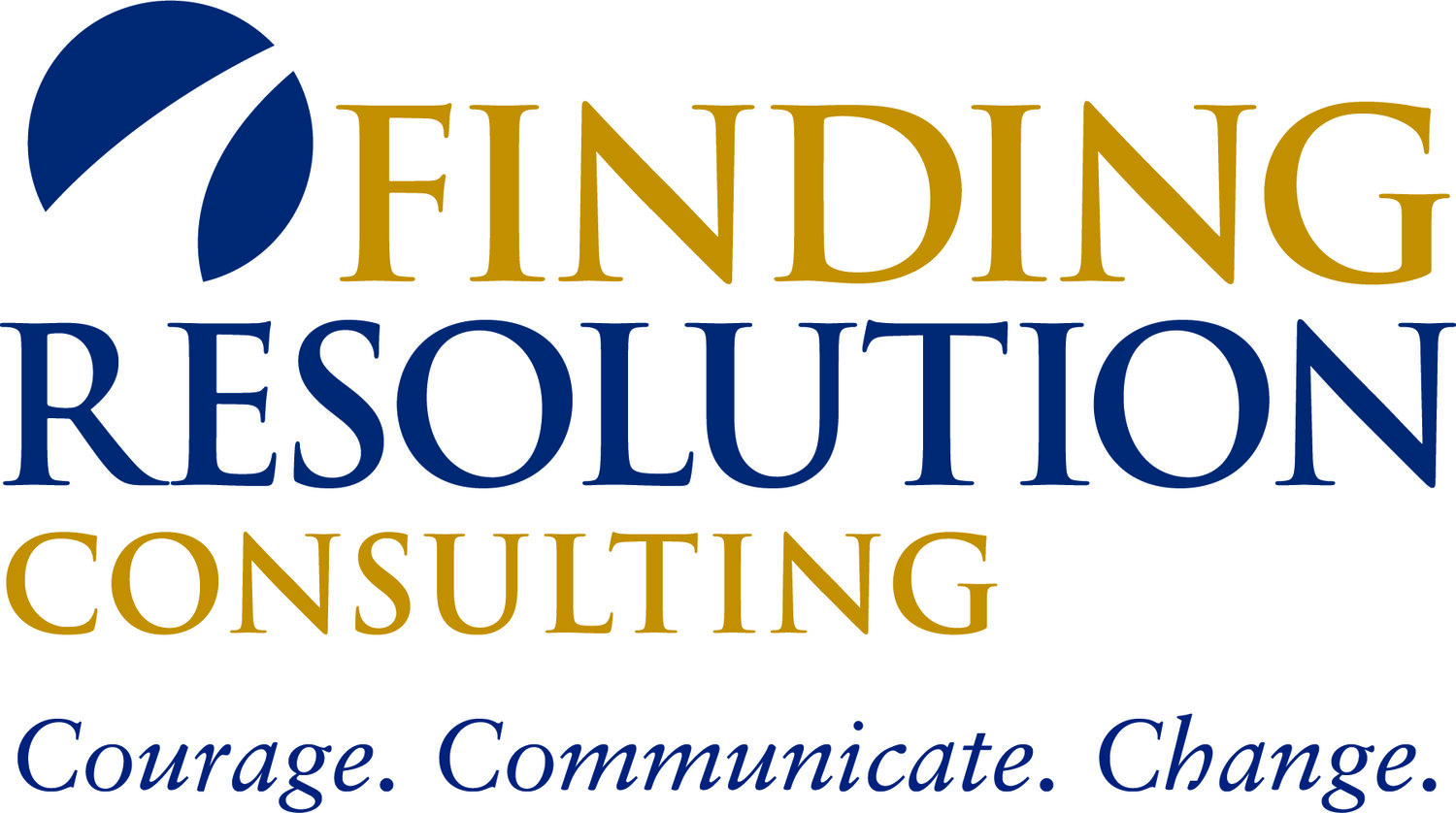“The most intense conflicts, if overcome, leave behind a sense of security and calm that is not easily disturbed. It is just these intense conflicts and their conflagration which are needed to produce valuable and lasting results.”
- Carl Gustav Jung, Swiss psychologist and psychiatrist.
Conflict is an inevitable part of the human experience. It can be healthy or destructive. The key is dealing with it appropriately. As the leader of your organization, you are responsible for creating a work environment in which healthy conflict is encouraged.
Most of us avoid conflict in our lives because we view it as uncomfortable and negative. However, meaningful work conflict is the cornerstone of a healthy, successful organization.
A work environment for healthy conflict is created by encouraging differences of opinion and placing emphasis on the common organizational goals people share. Don’t allow conflict to focus on the differences rather than common goals. If organizational goals are aligned and all employees are moving in the same direction, healthy work conflict about how to get there is respected.
Should you find there is dissension in your organization, look at your own actions. Do you, either verbally or nonF verbally send messages that it is really not okay to disagree or put employees “on the spot” when they express their opinion? It is your responsibility to observe closely the interactions among employees and whether a conflict is becoming unhealthy or tense.
Never allow conflict to become personal. Are employees being critical of each other with negative comments? Are e-mails growing nasty and including more and more employees? Should this occur, you need to mediate the situation and hold a conflict resolution meeting with those directly involved immediately
“The people to fear are not those who disagree with you, but those who disagree with you and are too cowardly to let you know.”
- Napoleon Bonaparte, French general
Causes of conflict in the workplace include: lack of defined roles, lack of understanding of duties, lack of time, tools, or temperament to complete tasks and individuals’ agendas in opposition to organizational goals. Conflict left unmanaged leaves a business in a state of constantly dealing with issues rather than managing the organization’s goals. Hoping a conflict will go away will allow it to fester into a larger conflict, involve more coF workers than the original dispute and hurt the organizational culture.
One of the most common mistake that allows conflicts to grow and escalate is assumptions – that other people won t understand, won t be reasonable, don t want to resolve issues, etc. The first step to resolution is asking questions with curiosity, rather than making assumptions.
Some organizations provide training in conflict resolution for their managers that includes identifying unhealthy conflict, how to encourage beneficial conflict and how to deal with an escalated conflict. Should you find that healthy work conflict, the discussion of differing opinions and perspectives, is not occurring, sit down with your direct reports and ask them why. A positive problem solving discussion might allow your group to identify and rectify issues standing in the way of open, healthy constructive work conflict and debate. If there is a hesitancy to discuss these issues with you, have an outsider trained in issues of problem solving and conflict resolution talk to your staff to see what is at the core of the environment.
Conflict resolution in the workplace and creating a safe place for debate can be complicated, time-consuming and exasperating; but when done correctly very worthwhile, productive and expanding for your organization.
Suggestions for Conflict-Safe Work Environment
Never allow conflict ot become personal. Do not allow ad hominum attacks.
Reward, recognize and thank employees who are willing to take a stand and support their position.
Expect employees to support their opinions and recommendations with data and facts.
Create the environment that all employees will speak honestly, all opinions are equal and that personal attacks are not tolerated.
Provide employees with training in healthy conflict, problem-solving skills and steps in mediating an escalated conflict.
Don’t play favorites. It is not wrong to like some people more than others. It is wrong to act on that in an unfair manner. Employees should be evaluated on their results.
Talk to employees one-on-one. See what is bothering them and how things are going from their viewpoint.
Symptoms of Unresolved Conflict
The following symptoms of unresolved conflict can be a significant cost factor for organizations. How much is unresolved conflict costing your organization?
Loss of productivity
Increased client complaints
Absenteeism
Disability claims
Sick leave
Stress, frustration, and anxiety
Loss of sleep
Strained relationships
Grievances and litigation
Employee turnover
“A good manager doesn’t try to eliminate conflict; he tries to keep it from wasting the energies of his people. If you’re the boss and your people fight you openly when they think that you are wrong - that’s healthy.”
- Robert Townsend, American author and businessman; CEO of Avis Rent-A-Car
TAKE STRATEGIC ACTION
How do you personally resolve conflict with others?
What is the process in your organization for addressing conflict?
Does your staff feel comfortable expressing their opinion openly?
How do you know?




